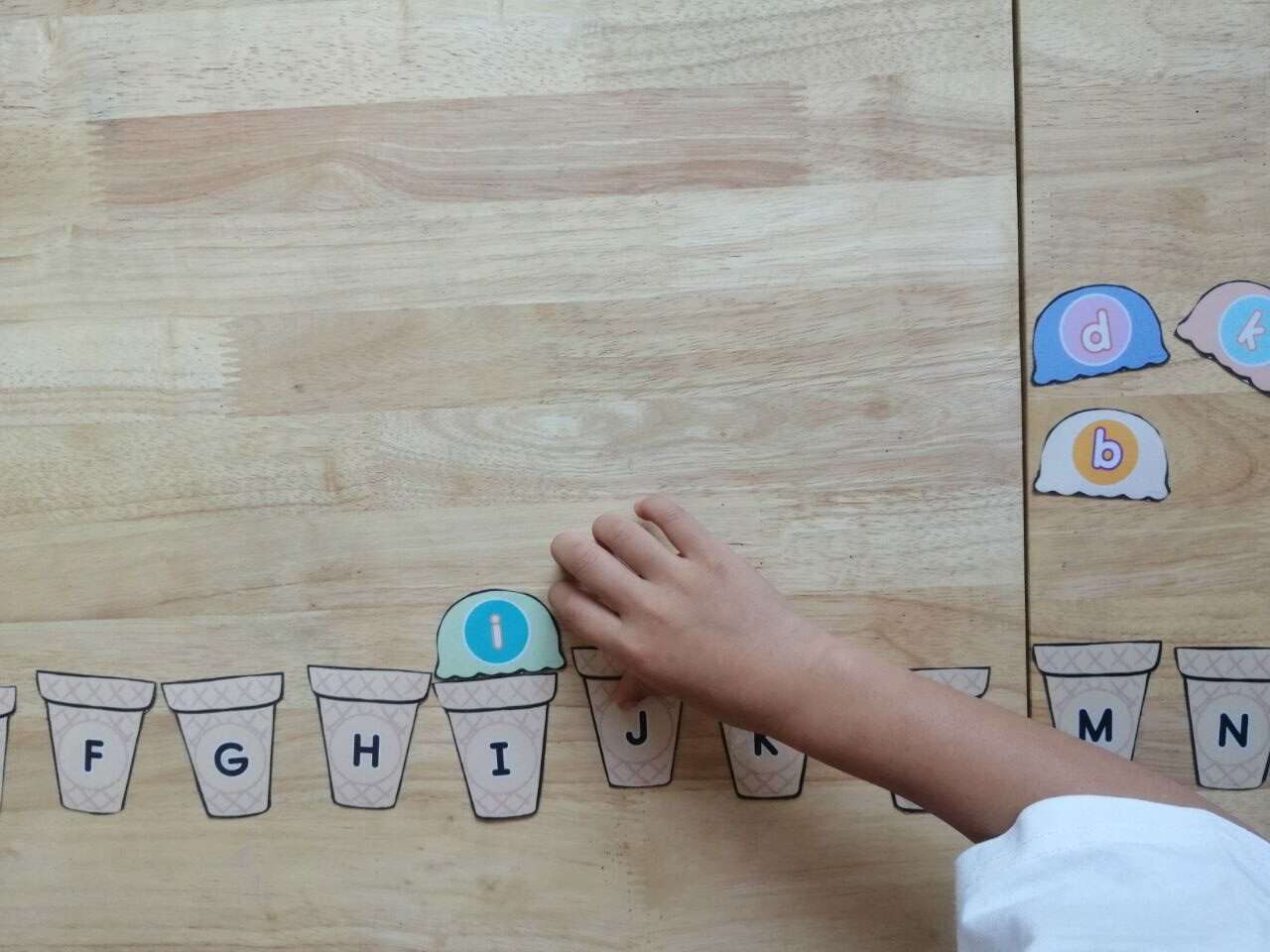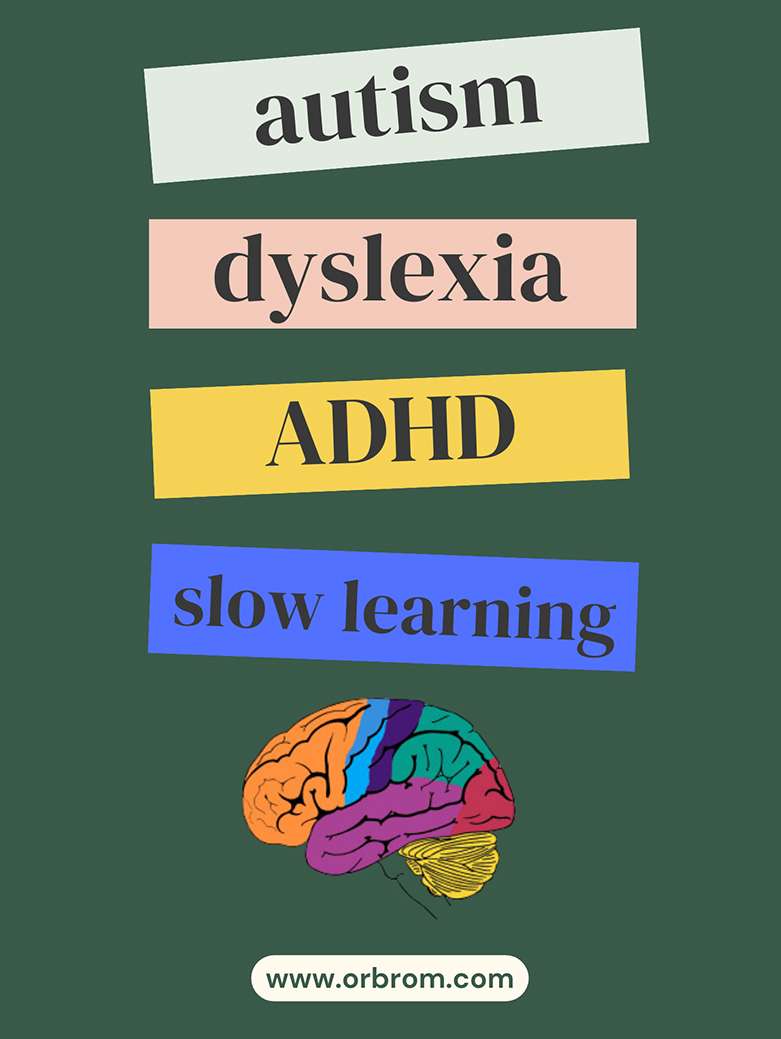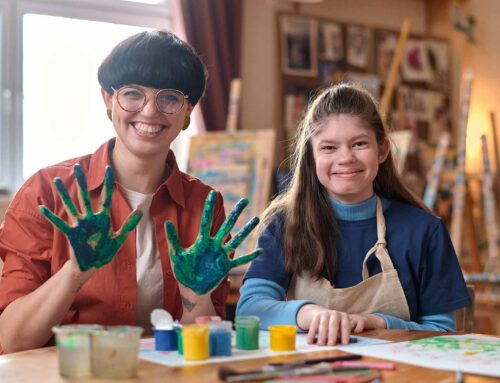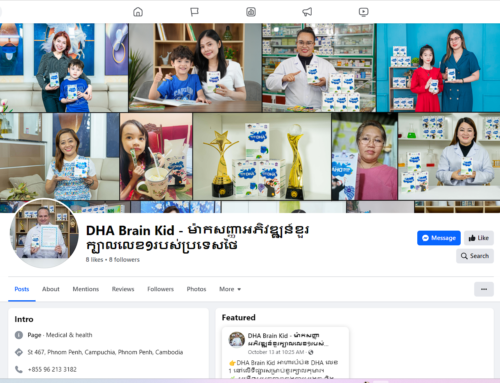Mastering letter recognition lays the foundation for literacy, but for children with special needs, this crucial step can present unique challenges. Fortunately, educators and caregivers can employ a range of evidence-based strategies to make learning engaging and effective.
Multisensory Engagement:
- Tactile Exploration: Go beyond flashcards! Use textured materials like sandpaper letters, playdough molding, or tracing activities with sand or shaving cream. This engages kinesthetic and tactile learners, solidifying letter shapes in their minds.
- Auditory Reinforcement: Pair visual cues with catchy rhymes, songs, or sound effects associated with each letter. This strengthens auditory memory and letter-sound connections.
- Visual Aids: Utilize colorful charts, alphabet mobiles, or interactive apps to visually present letters in different contexts. This caters to visual learners and reinforces recognition across environments.
Personalized Instruction:
- Individualized Pace and Focus: Cater to each child’s learning pace and specific needs. Introduce letters gradually, focusing on those relevant to their name or interests. Offer additional support for letters causing difficulty.
- Positive Reinforcement: Celebrate successes, no matter how small. Use stickers, praise, or preferred activities as positive reinforcement to maintain motivation and build confidence.
- Structured Routines: Establish consistent routines for letter practice. Integrate activities into daily routines like bath time (singing alphabet songs) or mealtime (identifying letters on food packaging).
Engaging Activities:
- Matching Games: Use picture-letter pairs, tactile letter puzzles, or memory games to encourage visual discrimination and matching skills.
- Sensory Play: Hide foam letters in a sensory bin, write letters with sidewalk chalk, or create letter collages with magazine cutouts. These playful activities make learning fun and engaging.
- Technology Integration: Utilize educational apps and games specifically designed for letter recognition. Interactive activities can hold attention and provide targeted practice.
Collaboration and Support:
- Consult Professionals: Collaborate with occupational therapists, speech-language pathologists, or special education teachers for personalized guidance and strategies tailored to each child’s needs.
- Home-School Connection: Share teaching methods and activities with parents or caregivers to ensure consistency and reinforcement between home and school environments.
- Peer Interaction: Encourage collaborative activities like letter scavenger hunts or sorting games with typical peers. This fosters social interaction and provides opportunities for modeling and learning from each other.
Remember, effective letter recognition instruction in early childhood, particularly for children with special needs, is a journey, not a race. By incorporating multisensory approaches, personalized strategies, and engaging activities, educators and caregivers can create a supportive learning environment that empowers every child to crack the alphabet code and unlock the world of literacy.
Services for Autism, ADHD, Dyslexia, Spelling Difficulty, social and slow learning, Down Syndrome, and Selective Mutism. OrbRom is the best option in Phnom Penh.
If you are concerned about your child’s development, Contact OrbRom Center for Assessments.
Phone/Telegram: 077.455.993
Telegram Link: https://t.me/OrbRom







